According to Kevin Feige, there would be no Marvel Studios without the Fantastic Four.
In 1961, Disney Legends Stan Lee and Jack Kirby revolutionized the comic book industry with the release of Fantastic Four #1, starring Marvel’s first super hero team: Reed Richards/Mister Fantastic, Sue Storm/Invisible Woman, Johnny Storm/Human Torch, and Ben Grimm/The Thing. Unlike their contemporaries, the Fantastic Four were a real family with real problems. Their relatability was revolutionary, paving the way for the creation of even more iconic characters, from Iron Man and Black Panther to Thor and Captain Marvel.
The Fantastic Four have appeared in hundreds of comic book issues, in addition to four animated series and three feature films (the latter being produced by 20th Century Fox). Now, 64 years later, Marvel’s First Family is finally joining the Marvel Cinematic Universe (MCU) in Marvel Studios’ The Fantastic Four: First Steps, opening in theaters Friday, July 25.
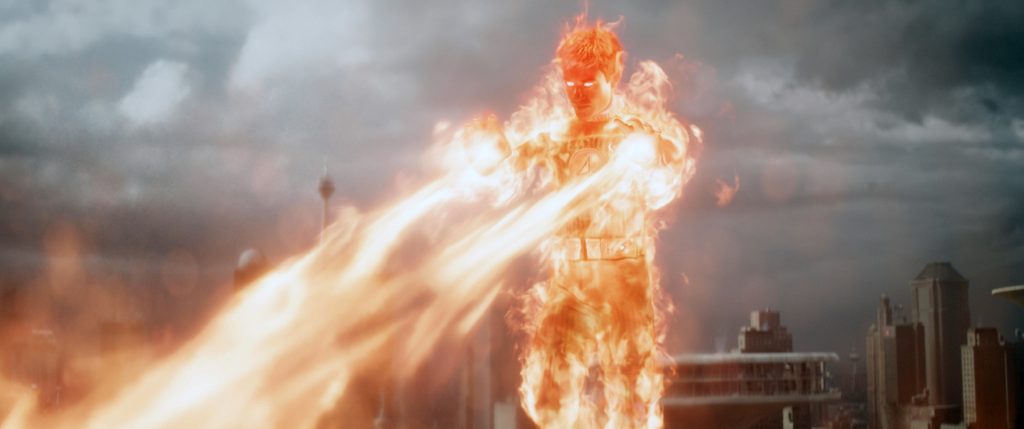
“Every big storyline that we’ve adapted to make our films, the Fantastic Four appeared in some version of them in the comics, from the Avengers to the Infinity Gauntlet to Civil War,” Kevin Feige, producer and President, Marvel Studios said. “But they weren’t in any of the movies because we didn’t have the rights to them. [Once we gained the rights to the characters], that gave us a huge opportunity to establish them, on their own, in an alternate universe.”
Set against the vibrant backdrop of a 1960s-inspired, retro-futuristic world, The Fantastic Four: First Steps stars Pedro Pascal as Reed Richards/Mister Fantastic, Vanessa Kirby as Sue Storm/Invisible Woman, Joseph Quinn as Johnny Storm/Human Torch, and Ebon Moss-Bachrach as Ben Grimm/The Thing. Forced to balance their roles as heroes with the strength of their family bond, the Fantastic Four must defend Earth from a larger-than-life cosmic being, Galactus (Ralph Ineson), and his enigmatic Herald, Silver Surfer (Julia Garner).
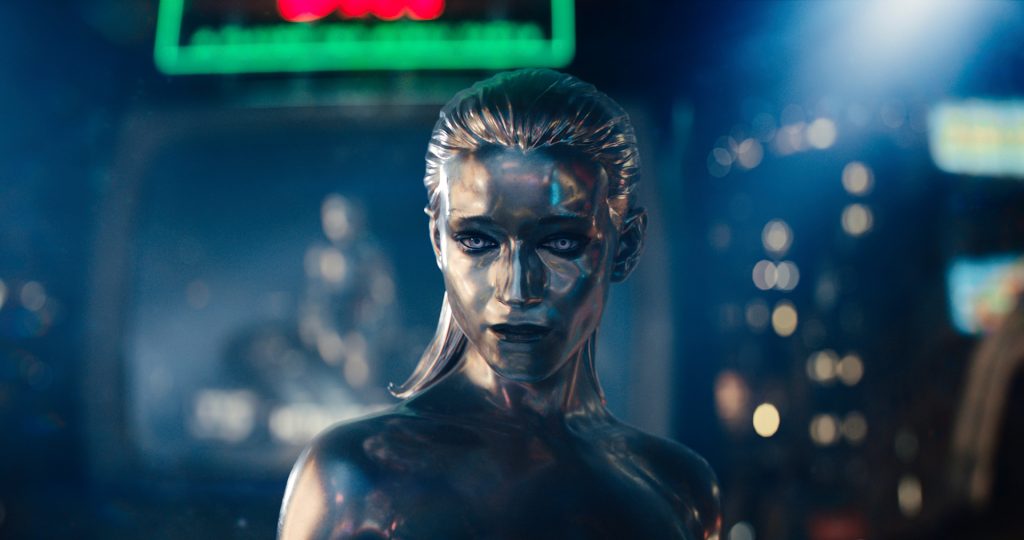
“We’ve gotten to a point in our storytelling where people understand that there are multiple universes in the MCU,” Feige said. “We can simply introduce these characters, instead of having to explain why they weren’t at any of those other events. They’ve been in their own world, in their own universe, being the biggest celebrities on the planet. That also really allowed us to tap into one of the things so fun about the early Stan Lee and Jack Kirby Fantastic Four comics, which is that optimism for future — that space-age optimism.”
In the Q&A below, Feige discusses bringing Marvel’s First Family into the MCU:
The Fantastic Four are a family; they’re not a pantheon. Amid all the action and adventure, how does this movie show that their humanity is also its own super power?
When we meet them in the movie, it’s four years into them being the Fantastic Four. We wanted them to be settled into their fame and their powers so we could really focus on them as a family. As amazing as the outer space and the action sequences in this movie are, it’s those small character moments [that define them]. They live in a home together. They get ready for bed together. We see Ben shave! That is what makes them Marvel’s First Family. That was the genius of Stan and Jack, and that’s what led to what we know as the Marvel Universe: relatable, flawed, characters who happen to have extraordinary abilities.
How is the family tested when Galactus sets his sights on Reed and Sue’s son, Franklin?
The Fantastic Four think of everyone in their city as family, and they’re willing to make sacrifices for them. That’s the definition of family, and it’s one of the reasons why we wanted to tell this story. But what happens when it doesn’t seem like you can save both? What happens when you’re faced with a seemingly impossible problem? It’s not powers. It’s not strength. It’s the ability to find a way through the impossible that makes a Marvel hero a Marvel hero.
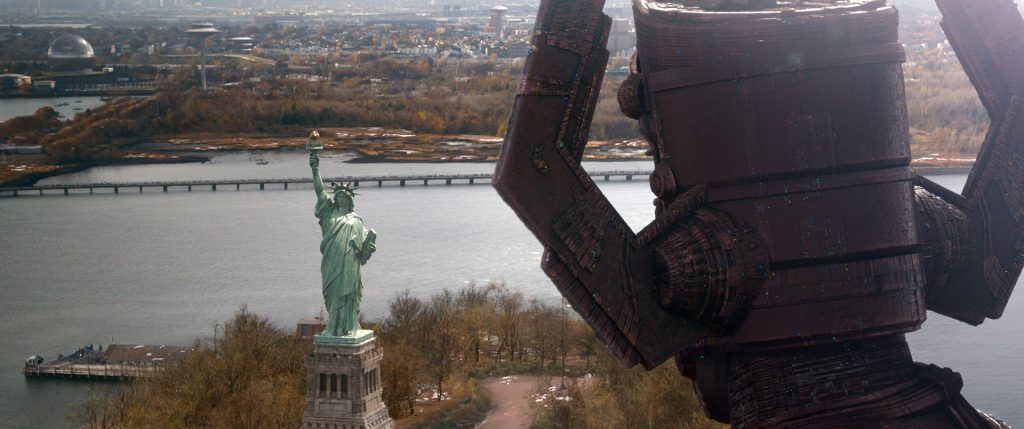
What makes Galactus an atypical threat?
Well, he eats planets, first of all! He also doesn’t twist his mustache. He is not evil. He is a constant. He is, as Shalla-Bal [Garner] says in the movie, “as necessary as the stars.” He’s like a great white shark. A great white shark doesn’t hate you; it’s doing what it has to do to survive. Without a great white shark, the ecosystem of the ocean falls away. We don’t get into this in the movie, but we just scratched the surface of how important Galactus is to the nature of the universe. And there’s something scary about the inevitability of a herald telling you to “count your days” and giving you the greatest ticking clock in movie history.
Matt Shakman previously directed WandaVision on Disney+, which utilized both practical effects and cutting-edge technology to tell the story. Was his work on that series what made you realize that he should also direct The Fantastic Four: First Steps?
Absolutely. We knew he had that desire and that ambition on WandaVision, and he handled it so well. He also handled the tone so well with WandaVision, and we wanted to ride a similar tone for this film — to embrace what some people might call “the silliness” of a “stretching guy” or a “rock guy,” but present it in a way that is not kitschy — that feels real.
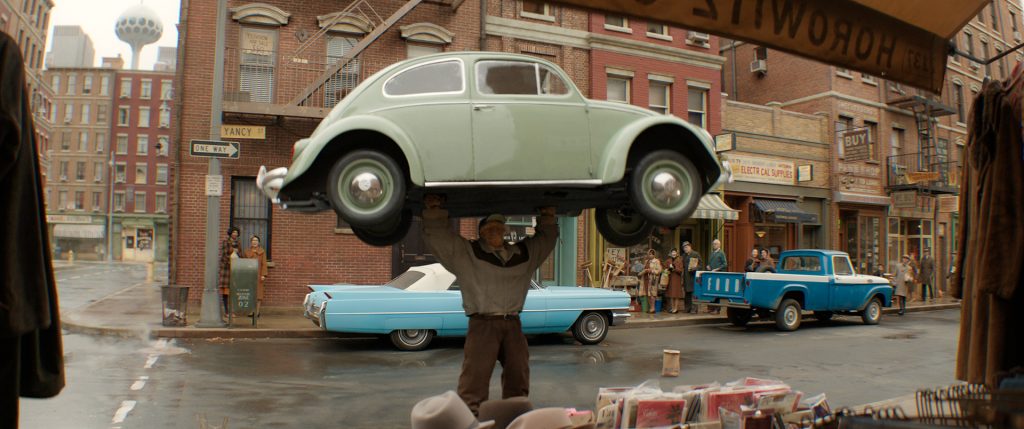
Casting for a film like this is crucial — and when it’s Marvel’s First Family, there’s added pressure to get it right. How did you land on Pedro, Vanessa, Joseph, and Ebon?
It felt like casting the best actors for these roles. Look at the work that Pedro, Vanessa, Joseph, and Ebon have done. We knew that they were going to bring it. However, we can’t take for granted that at the first table read, they were a family.
From Paul Walter Hauser as Mole Man to Natasha Lyonne as Rachel Rozman, the supporting cast is fantastic. Was everyone in Hollywood clamoring to be a part of this?
That’s a testament to Matt and a testament to the story he is telling and the way he is telling it. Once we cast the Fantastic Four with those four amazing actors, other people wanted to work with them. It’s great privilege to have a cast that is so talented, whose reputations are so good, that people want to come in for a few days here, a few days there.
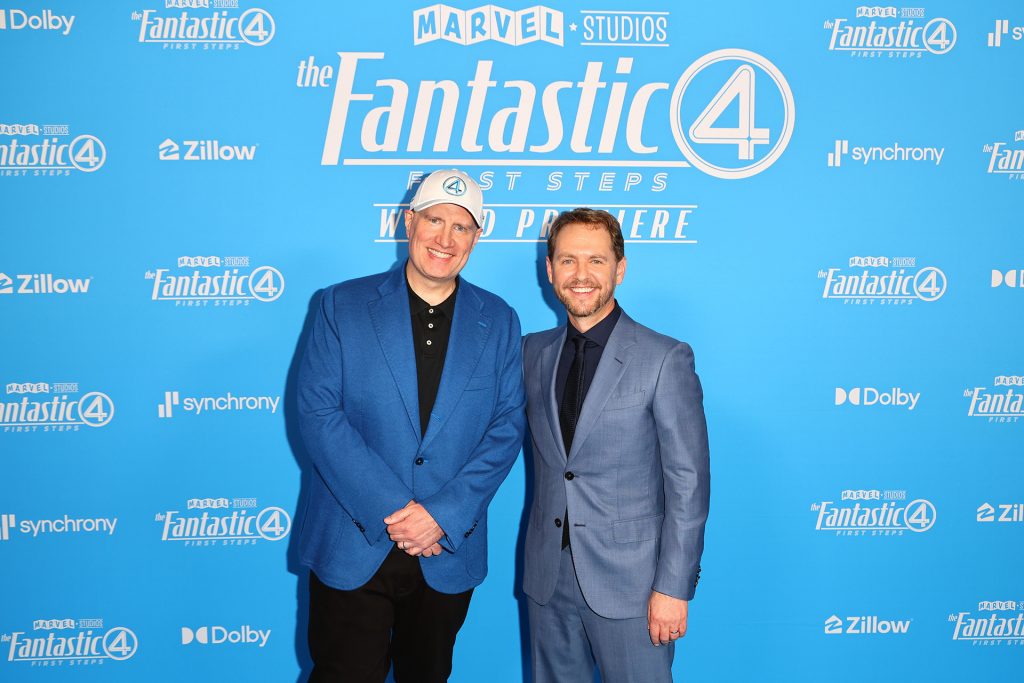
This movie features many references to Jack Kirby, from being set on Earth-828 to including his quote in the credits. Why was it important to honor him so prominently?
I think he’s one of the most influential and greatest artists and creators of the 20th century and is not as well-known as he should be. This movie is a step in the direction to fix that. The artistry that came out of his pencil is what created the Marvel Universe, and his imagination that has inspired millions since then. Galactus’ look is based right off Kirby’s designs. If you look inside Galactus’ world ship, there are reference lines from the comics that we kept tinkering with and saying, “Not Kirby enough. We need more Kirby here.” There are little easter eggs throughout the movie leading up the quote that we all love, which is basically him saying, “I put a bit of myself in every character I make.” People who sit through this experience will hopefully fall in love with these characters and will know that there’s a reason they fell in love with these characters — and that reason is Jack Kirby.